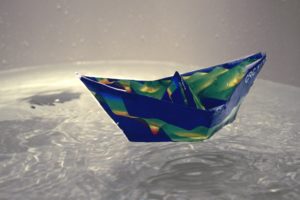
H. Wind
Everybody has experimented with resonating frequencies in a bathtub filled with water. These resonant eigenfrequencies are eigenvalues of some operator which models the flow behavior of the water. Eigenvalue problems are better known for matrices. For wave problems, we have to study eigenvalue problems in infinite dimension. Like the eigenvalues for a finite dimensional matrix the spectral theory gives access to intrinsic properties of the operator and the corresponding wave phenomena.
Anne-Sophie Bonnet-BenDhia from ENSTA in Paris is in conversation with Gudrun Thäter about transmission properties in perturbed waveguides. This is the third of three conversations recorded during the Conference on Mathematics of Wave Phenomena July 23-27, 2018 in Karlsruhe for the Modellansatz Podcast. Anne-Sophie is interested in wave guides: Optical fibers that can guide optical waves while wind instruments are guides for acoustic waves. Electromagnetic waveguides also have important applications.

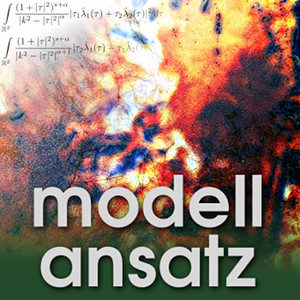
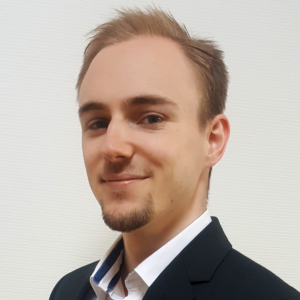
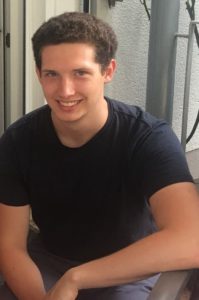

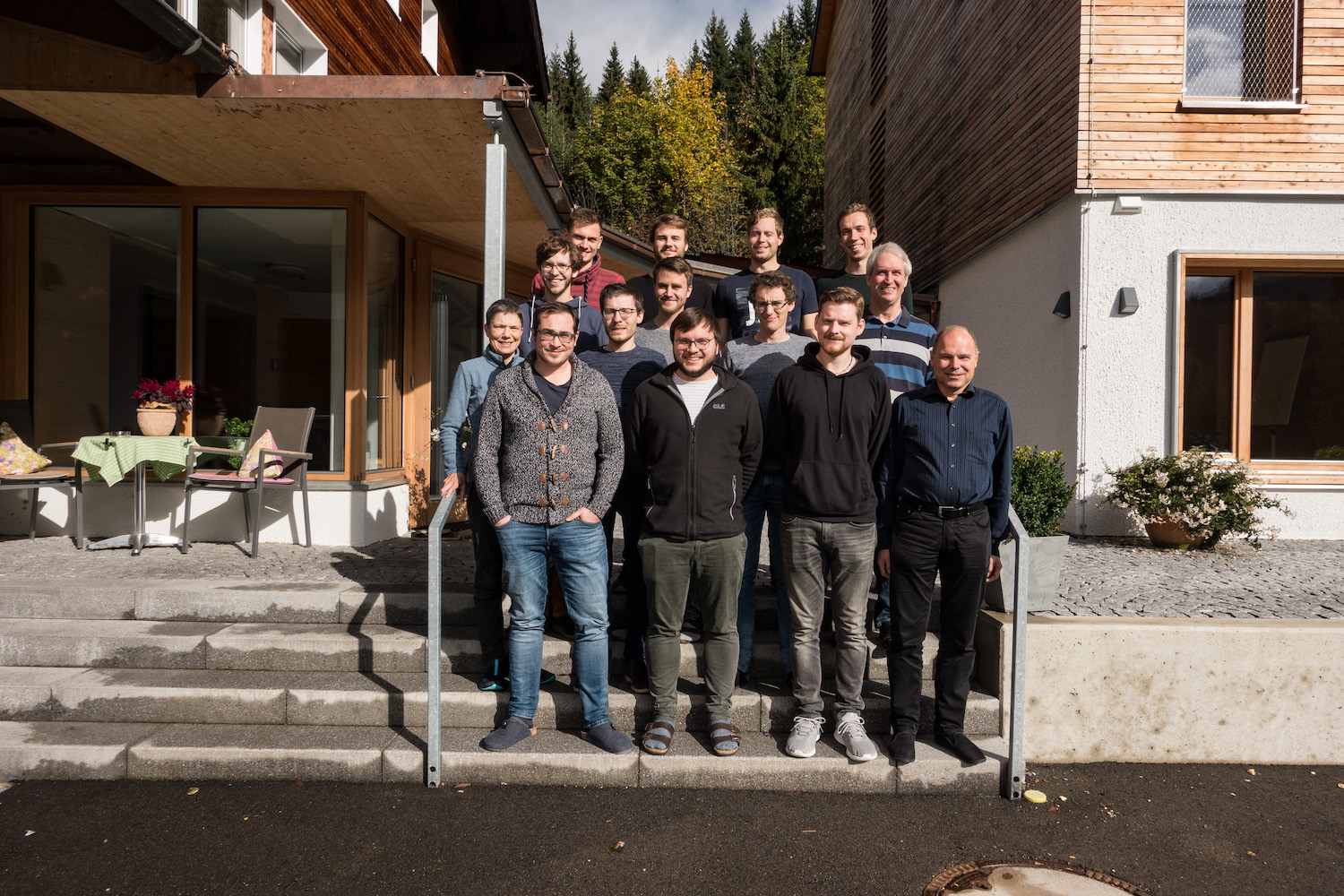
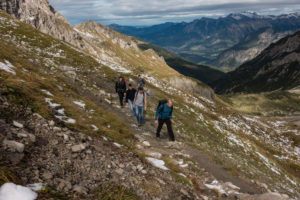 In contrast to previous workshops of this series, where the current state of the own research was presented, this year the focus was set differently. Each speaker presented a paper related to his/their own work but written by others. Thanks to the different backgrounds of the speakers there was a wide range of topics from local time-stepping to well-posedness results obtained from Strichartz estimates. Due to the generous time-slots and the format of the workshop, there was also plenty of time for fruitful discussions and we thus learned a lot. We took the opportunity to think about new topics and ideas and potentially acquired a different perspective for our own research.
In contrast to previous workshops of this series, where the current state of the own research was presented, this year the focus was set differently. Each speaker presented a paper related to his/their own work but written by others. Thanks to the different backgrounds of the speakers there was a wide range of topics from local time-stepping to well-posedness results obtained from Strichartz estimates. Due to the generous time-slots and the format of the workshop, there was also plenty of time for fruitful discussions and we thus learned a lot. We took the opportunity to think about new topics and ideas and potentially acquired a different perspective for our own research.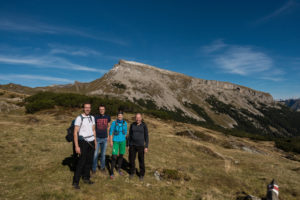 The seminar also included social aspects by hiking through the spectacular landscape of the Kleinwalsertal. Together we reached the 2058 meters high summit of the Kanzelwand. In addition some of us explored an ambitious via ferrata, others climbed the Hohen Ifen, and a third group took a stroll through the picturesque Breitachklamm.
The seminar also included social aspects by hiking through the spectacular landscape of the Kleinwalsertal. Together we reached the 2058 meters high summit of the Kanzelwand. In addition some of us explored an ambitious via ferrata, others climbed the Hohen Ifen, and a third group took a stroll through the picturesque Breitachklamm.